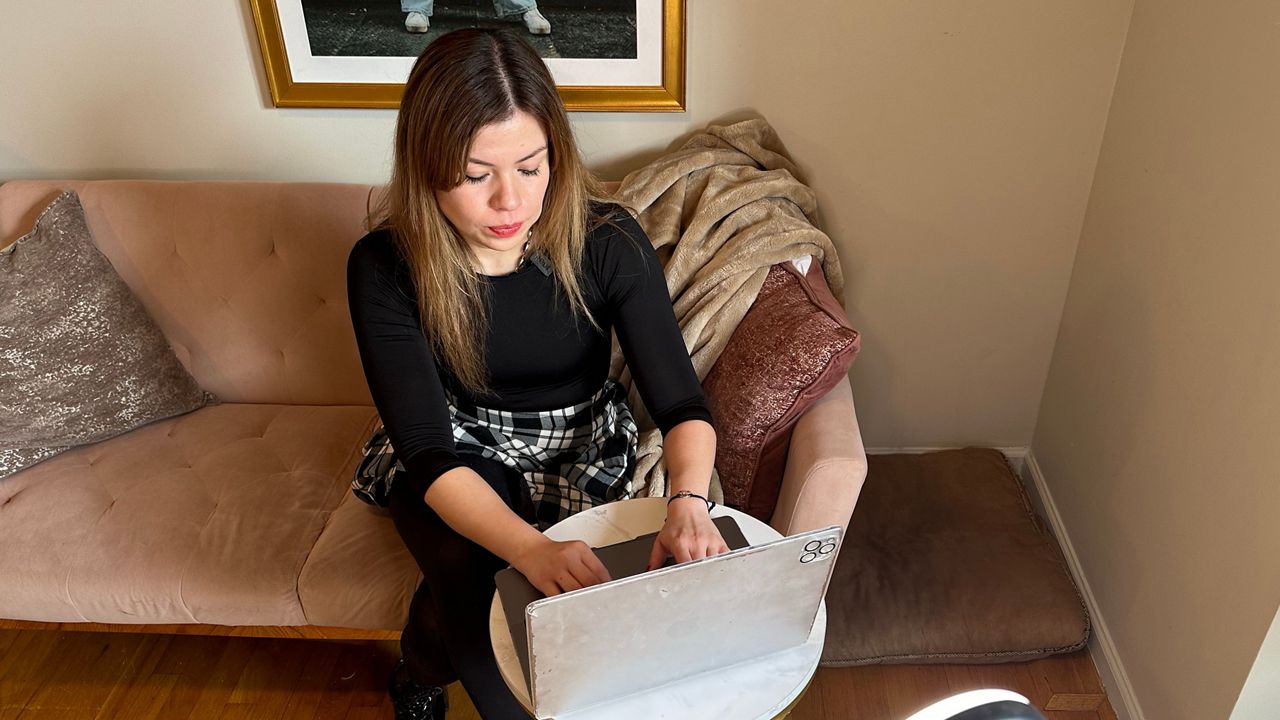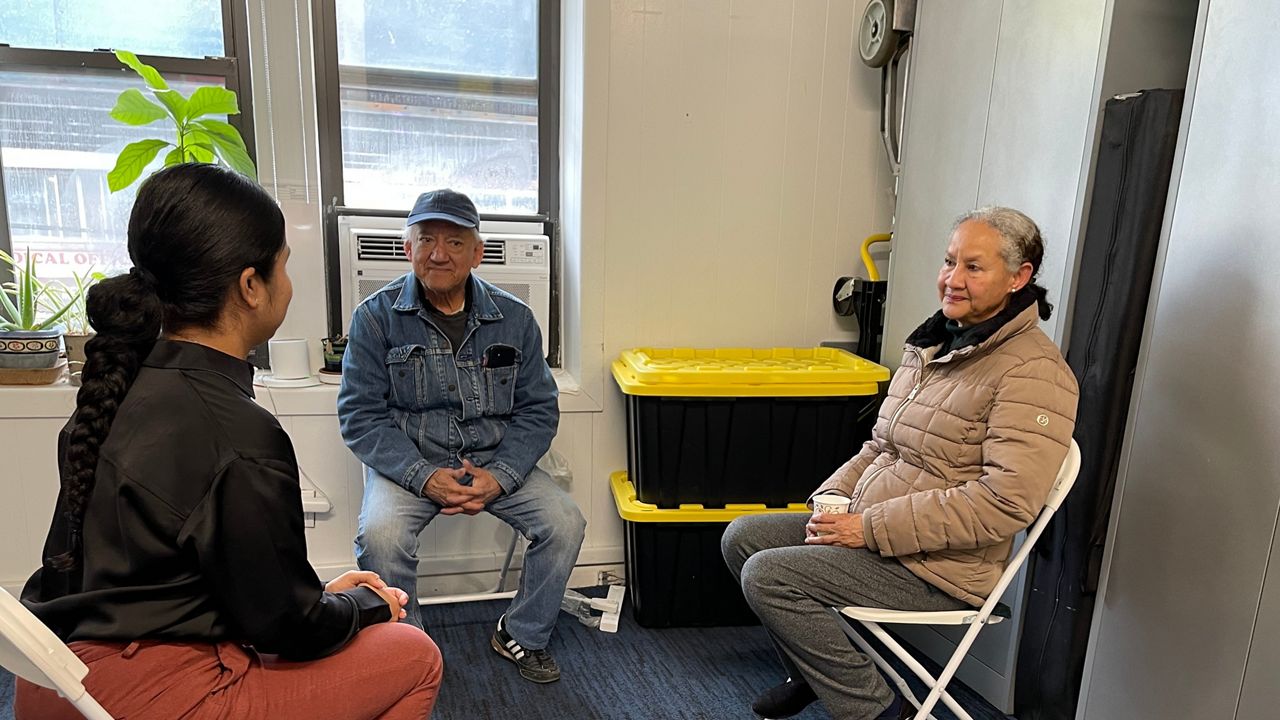There are dozens of places in New York City that get funding from the city and the state to provide services specifically for a high group of their residents: New Yorkers older than 60.
In the basement of the Morningside Gardens apartments, several residents participate in a dance class. It’s part of a bigger push to keep residents healthy and in their homes for as long as possible.
What You Need To Know
- If an apartment building or group of buildings meet the set criteria of residents older than 60, they could qualify as a Naturally Occurring Retirement Community and potentially get city and state funding
- Morningside Gardens has a nurse, social workers, and occupational and physical therapists that go door-to-door to residents
- The city has budgeted $14 million for the 36 NORCs that are established in the five boroughs
The building on 100 La Salle Street, along with a couple of other apartment buildings right next door, makes up the Morningside Retirement and Health Services.
“As you grow older, there are still a lot of opportunities available,” said Ron Bruno, executive director of the organization.
He has been in charge for close to three decades of what is called a Naturally Occurring Retirement Community, or NORC.
If an apartment building or group of buildings meet the set criteria of residents older than 60, they could qualify as a NORC and potentially get city and state funding.
The city has budgeted $14 million for the 36 NORCs that are established in the five boroughs.
“We’re here to kind of catch people when they fall or before they fall,” said Bruno. “And make sure they can remain living at home but with support.”
They have to offer services to help seniors navigate their later years.
At Morningside Gardens, that includes a nurse, social workers, and occupational and physical therapists. They bring their services door-to-door — giving seniors easy access to the care they need.
“It’s not like a top-down service provision,” Bruno said. “It’s actually kind of a partnership.”
Dana Minaya has lived there about 40 years. The last few have been the most difficult. Her husband was diagnosed with and battled dementia.
“I was able to get the resources that I needed to care for him. If I lived a block away, I would not have had those services,” she said, wondering aloud if he would have needed to go somewhere else.
The care allowed him to stay at home in his final years with their free resources. And the NORC leadership connected Minaya with outside help when around-the-clock care was needed.
Joan Studer Levine has lived at the apartments since 1955. She’s also remembers when her husband had dementia.
“It was a hard time,” she said. “It was a very hard time.”
And like her friend Minaya, Levine’s husband could live his final years at home because of what the NORC offered.
“It was hard enough this way, but at least we were all together,” she said.
Together as a couple, but also together as a community.
Minaya and Levine have lived at Morningside Gardens for a combined 109 years. And to them, there’s nowhere they’d rather be.








